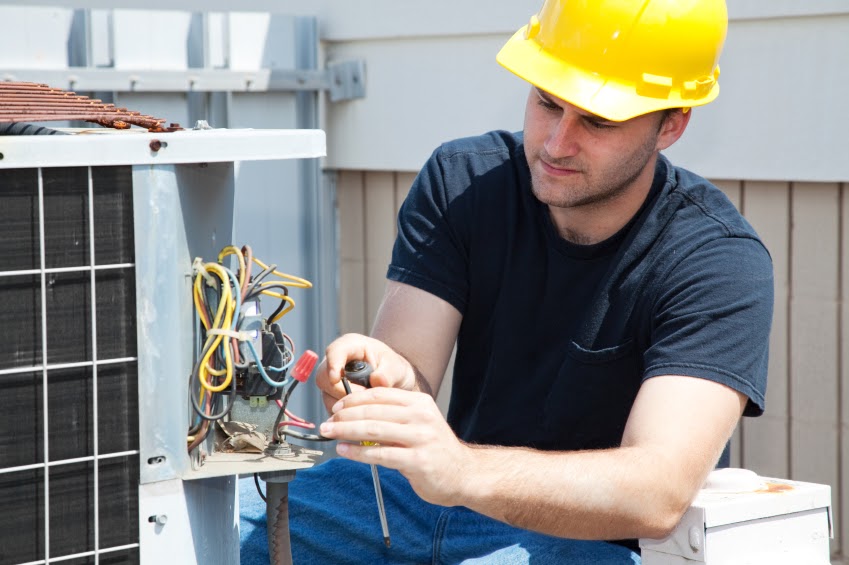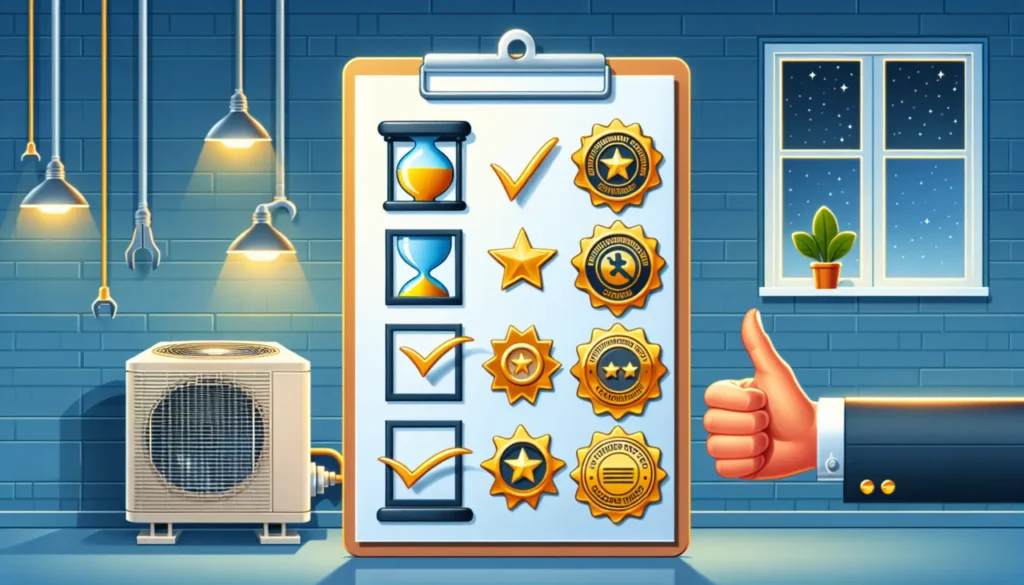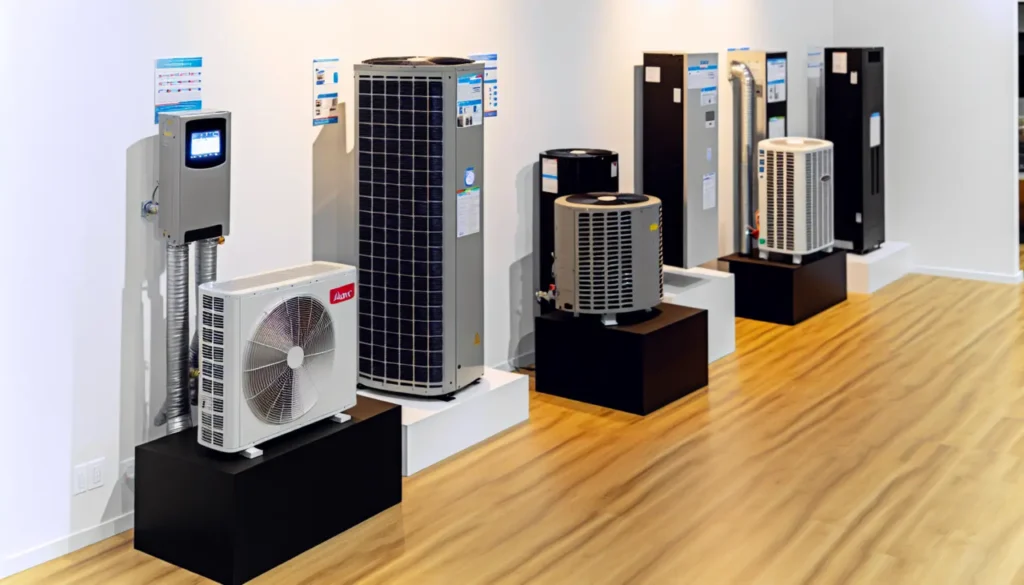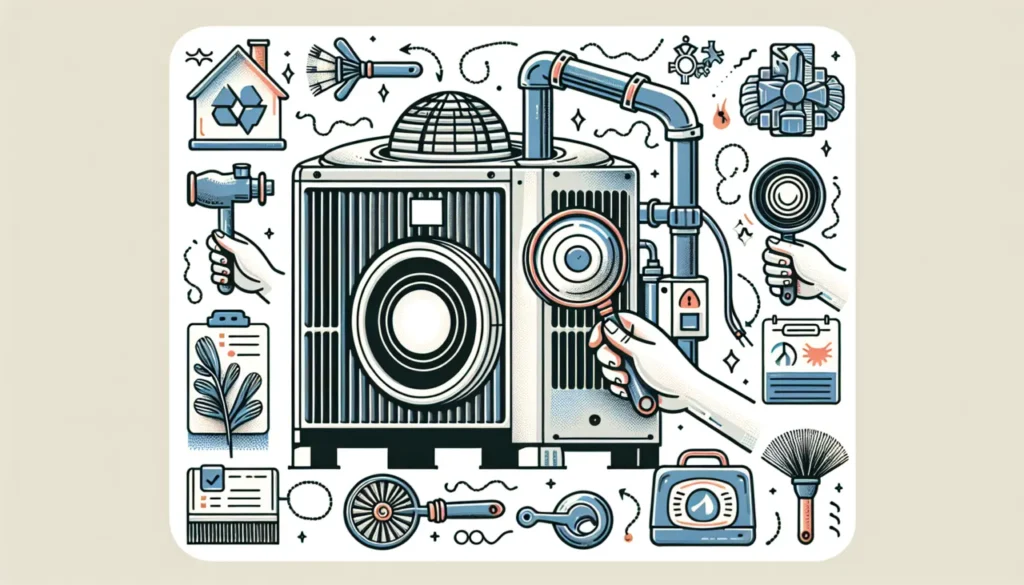
A comfortable, warm home or business is critical during harsh winter. When your furnace or heating equipment has to be serviced or replaced, Diamond Heating & Cooling is the only brand in the HVAC industry for heating—we’ll have your heat up and running as soon as possible to keep you safe and warm. We have a variety of heating options available to meet your needs. We will work with you to minimize your energy expenses and keep your heat flowing during the cold winters in the Raleigh area, from heating and furnace repair to furnace maintenance and furnace replacement installations.

For fast, high-quality Heat Pump repair services, that last, choose Diamond Heating & Cooling Services.

Navigating heat pump issues? Whether you’re facing unexpected breakdowns or seeking routine maintenance, finding dependable heat pump services is critical. Knowing what to look for in a service provider, understanding everyday repair needs, and implementing maintenance practices are crucial for peak performance. This guide is your practical approach to all aspects of heat pump upkeep—no fluff, just clarity.

It is necessary to pick an experienced heat pump service provider. Such a decision ensures that you get professional heat pump installation, routine maintenance, and efficient troubleshooting for problems. Expertise from such providers allows them to make accurate diagnoses and perform successful repair work, in addition to offering maintenance advice.
In addition, timeliness and excellent customer care should be considered. A fast installation or repair job guarantees safety, peace of mind, and efficiency in operating the heating pump system. High-quality customer service when it comes to maintaining and repairing your heat pumps alone can help you increase their lifespan, enhance air quality, control moisture levels, and save on energy costs—thus, a win-win!

While navigating the world of heat pumps, there are different types that one may come across, including air-to-air, water source, and geothermal. Each type has its own distinct features, making it suitable for various home heating and cooling needs. Do not worry; we will simplify each type’s specifications so that you can choose which suits your home best.
Think about them as quiet heroes: Air-source heat pumps move coolness from inside your home to outdoors during summer months acting like an air conditioner while providing efficient heating & cooling services at other times. Some operate this way:
The components of an air-source heat pump include:
The installation usually takes around 8 hours, including commissioning the heat pump and connecting it to the home’s electrical and air duct systems.
Think of ground-source heat pumps as Earth’s best friends. They use the ground’s stable temperature to provide energy-efficient heating and cooling. These heat pumps:
Installing ground-source heat pumps involves digging trenches for horizontal ground loops to a depth of about 6 feet and a width of 3 feet or meeting specific requirements for vertical ground loops. Maintenance includes cleaning filters, maintaining proper system pressure, ensuring the correct concentration of antifreeze, and regular filter maintenance.
Ductless mini-split cooling systems offer efficient heating and air conditioning without extensive installation, perfect for homes without ductwork or in temperate climates. They operate by:
Not only do ductless mini-split systems perform well in extreme temperatures, but they also provide the following benefits:

While maintaining your heat pump’s performance might seem overwhelming, it doesn’t have to be. Regular inspections, cleanings, and proper airflow management allow you to keep your heat pump running smoothly.
We’ll go further into these maintenance suggestions.
To maintain optimal performance, it is recommended to clean a heat pump deep at least once per year. A typical heat pump inspection includes:
A professional heat pump cleaning involves:
Optimal heat pump efficiency aims to minimize duct leakage and ensure sufficient airflow. Several factors, including installation errors, high humidity, age, the wrong air filter, pests, and blower running, may cause duct leakage in heat pumps.
To reduce duct leakage in heat pumps, follow these steps:
Programmable thermostat upgrades can provide a brain for your heating system. It adjusts itself automatically based on set points programmed for different times during each day or week, ensuring proper electrical control. This helps improve HVAC system efficiency as well:
The steps involved in installing a programmable thermostat for heat pumps include:
Occasionally, heat pump issues may become imminent without previous signs. Nevertheless, this should not raise an alarm because some problems can be resolved individually while others require expert intervention. We’ll discuss several common repair issues concerning heat pumps that should prompt you to take action whenever they occur.
Some typical issues that can arise with heat pump systems include:
For a heat pump not cooling correctly, here are some troubleshooting steps to follow:
Following these steps, you can identify and resolve common issues with a heat pump not working efficiently in cooling mode.
If the heat pump is not providing sufficient heating, verify the thermostat settings and temperature, check the circuit breakers or fuses, inspect for refrigerant leaks and clean blocked air filters, ensure the outdoor unit power is on, and check the reversing valve for proper operation.
This may include short cycling, which could suggest compressor problems or a dysfunctional thermostat. Furthermore, if your house blows cold air instead of warming it, it might be related to refrigerant levels, valves, or compressors.
For example, grinding, whistling, and clanking sounds emanating from the heat pump could indicate mechanical problems, obstructions, or refrigerant leaks. Ignoring these noises is not advised because they usually show that the system parts are under tremendous strain, which can cause severe issues if an expert is absent.
Consider upgrading to a high-efficiency model as substituting your old car for a new one that consumes less fuel. The following are some advantages:
A high-efficiency heat pump operates efficiently and is highly energy efficient. It often incorporates advanced features such as a desuperheater for waste heat recovery used in water heating. A heat pump typically rated at 17 SEER and higher is regarded as highly efficient.
Usually, homeowners will save money by replacing old ones with high-efficiency models, reducing yearly heating and cooling costs by around 20-40%. They also help reduce the CO2 emissions associated with burning fossil fuels.
It’s important to have a professional HVAC technician inspect your heat pump at least once a year, or ideally twice a year, to ensure all components are in working order. Additionally, clean or change filters monthly to maintain system performance and prevent damage to the compressor.
The cost to service an air source heat pump generally ranges from $50 to $180 for a service call, with an additional hourly rate of $80 to $160 for labor. Preventative maintenance should be done at least once a year, costing around $80 to $130 per unit, plus $25 for parts. Annual maintenance typically costs between $75 and $300, with an average of $150, and it’s important to have a technician service the heat pump once a year for early issue detection.
It’s best to have your heat pump serviced at least once a year by a professional technician, but doing it twice a year is optimal to ensure all components are working properly and the system runs efficiently.
Choosing an experienced heat pump service provider is important because they ensure proper installation, regular maintenance, and the ability to troubleshoot and repair potential issues.
The types of heat pumps available for homes include air-to-air, water source, and geothermal pumps. Consider these options based on your home’s specific needs.
9.00 - 17.00
9.00 - 16.00
9.00 - 17.00